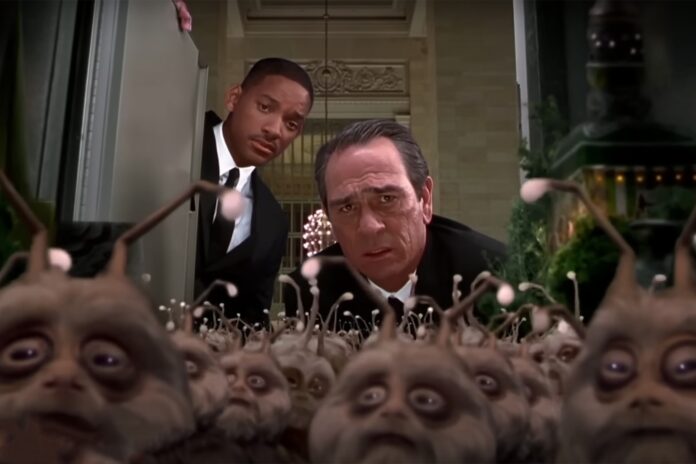[ad_1]
If you’re looking for a way to fill an evening this month with something wonderous, look no further than the night sky above your head. For the rest of the month, observers will be treated to a planetary parade featuring appearances from every single one of the non-Earth planets in the solar system.
In less scientific spaces, these planetary parades are sometimes called alignments and believed to have all kinds of spiritual and mystical properties. In reality, they are an ordinary and predictable part of living in a solar system. Dr. Gerard van Belle, Director of Science at Lowell Observatory, explains that the solar system is a bit like a record player, with each planet on its own track.
“All these planets are on a groove of the record player and the Sun is the middle of the spindle. They all go around at different speeds and every now and then the speeds make it so they all line up such that if you happen to be on one of those bodies, like Earth, you can actually view the other bodies in the sky at the same time on a given night,” Dr. van Belle told SYFY WIRE.
How to see the 2025 planet parade for yourself
Right now, if you look to the sky in the early evening (the first few hours after sunset), you’ll have a view of six planets (Venus, Mars, Jupiter, Saturn, Uranus, and Neptune). Four of those planets are close enough, large enough, and bright enough to see with the naked eye. Venus and Jupiter are particularly bright and stand out against the background stars. The most distant two, Uranus and Neptune, will require a small telescope or binoculars to see. Stargazers can see Venus and Saturn in the southwest part of the sky, while Jupiter and Mars can be found in the northeast.
Lest you worry that a planetary lineup of this magnitude requires the intervention of the Men in Black (streaming now on Peacock), Dr. van Belle explains how common they actually are. “This happens pretty frequently. Late in February there will be another lineup. Then in August it’ll happen again. Right now this is happening a lot because the outer planets take a very long time to go around the Sun and they all happen to be on that side of the solar system right now, so it’s happening a lot.”
As you get farther from the Sun, orbital periods grow longer. Mercury takes only 88 days to make a single circuit of the Sun while Neptune takes nearly 165 years. Right now, the outer planets are all on relatively the same side of the system. As a result, we can enjoy a planetary parade every time the inner planets make a lap.
In the early evening, look to the southwest and you’ll see Venus (the brightest object in the sky after the Sun and Moon) and Saturn. If you’ve got a small telescope, seeing the rings of Saturn is a special treat. In the northeast viewers can find Mars and Jupiter, famous for its bands and large moons.
Everything will be visible in the first few hours after sunset, but you will have to look across the entire sky to see them all. If you really want to get the full planetary parade treatment, Dr. van Belle explains that Mercury can be seen on a good night, in the early morning just before sunrise. “To catch that last interloper, you have to be an early riser,” Dr. van Belle said.
In the meantime, catch Men in Black streaming now on Peacock.
[ad_2]
Source link








